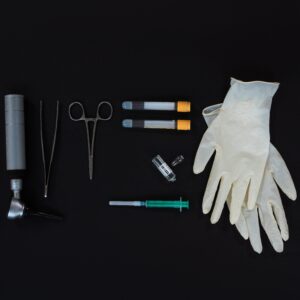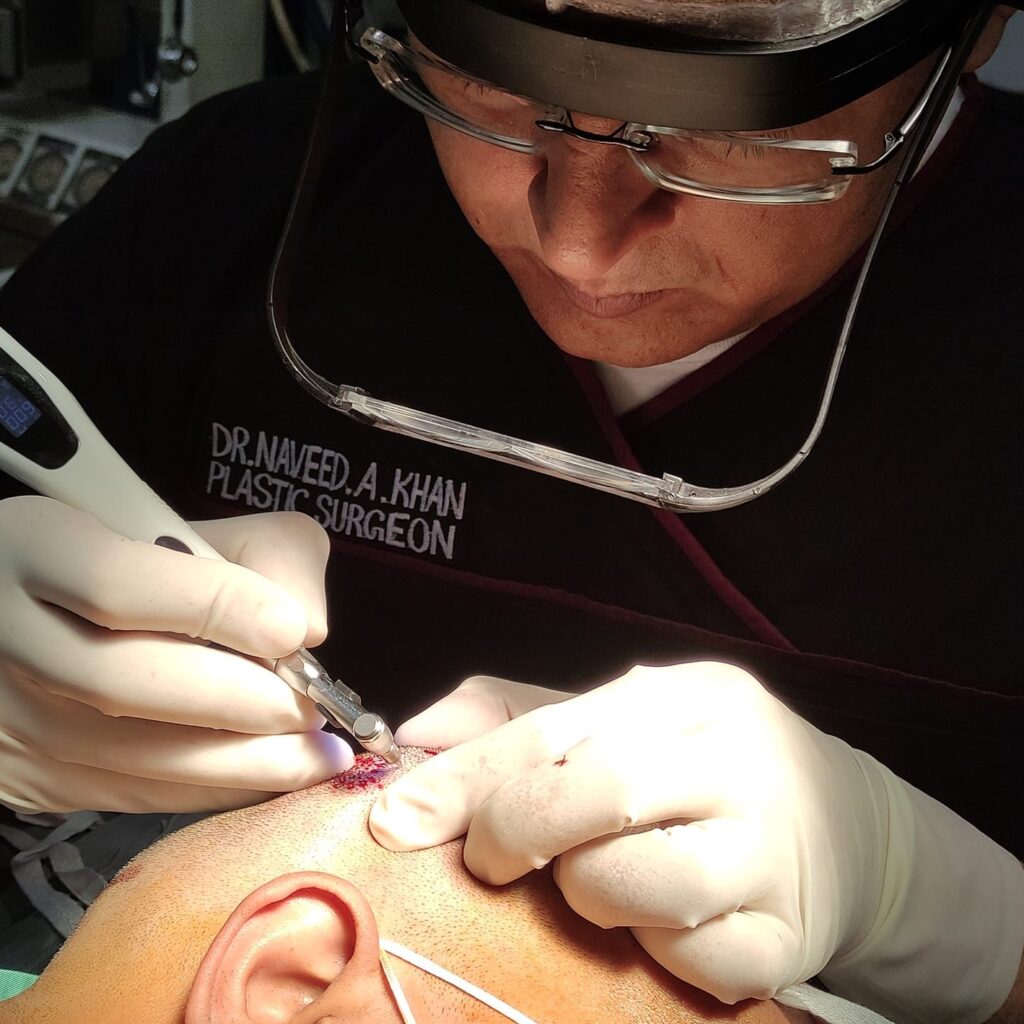Introduction:
Are you self-conscious about your ears’ appearance? Do you wish to change their shape, size, or protrusion? If so, you might be interested in ear correction surgery, also known as otoplasty. This cosmetic procedure can reshape, resize, or reposition the ears to improve their symmetry, proportion, and balance with the face. In this article, we’ll give you an overview of ear correction surgery, its benefits and risks, recovery, and FAQs to help you make an informed decision.

- What is Ear Correction Surgery?
- Who is a Good Candidate for Ear Correction Surgery?
- How is Ear Correction Surgery Performed?
- What are the Risks and Complications of Ear Correction Surgery?
- What is the Recovery Process Like After Ear Correction Surgery?
- How Much Does Ear Correction Surgery Cost?
- FAQs About Ear Correction Surgery
What is Ear Correction Surgery? Ear correction surgery, also known as otoplasty, is a cosmetic procedure that alters the shape, size, or position of the ears. The surgery aims to improve the appearance and proportion of the ears in relation to the head and face. Ear correction surgery can correct a variety of ear defects, including:
- Protruding ears
- Large ears
- Asymmetrical ears
- Lop ear (where the tip folds down and forward)
- Cupped ear (where the curve is too shallow)
- Shell ear (where the curve is missing)
- Stretched or torn earlobes
Who is a Good Candidate for Ear Correction Surgery?
You may be a good candidate for ear correction surgery if you have any of the following concerns:
- Protruding or prominent ears that stick out more than 2 cm from the head
- Large or asymmetrical ears that detract from facial harmony
- Low self-esteem or social anxiety due to ear appearance
- Healthy ears without any infections or diseases
- Realistic expectations about the results of the surgery
Before undergoing ear correction surgery, you’ll have a consultation with a board-certified cosmetic surgeon who will evaluate your candidacy, discuss your goals and expectations, and explain the procedure in detail.
How is Ear Correction Surgery Performed?
Ear correction surgery is usually performed under local anesthesia, which numbs the ears and the surrounding area. The procedure typically takes 1-2 hours and involves the following steps:
- The surgeon makes a small incision behind the ear or inside the ear canal, depending on the type of correction needed.
- The surgeon reshapes the cartilage and sutures it into the desired position.
- If the earlobes need correction, the surgeon may remove excess skin and tissue and reposition the lobes.
- The surgeon closes the incisions with sutures and applies a dressing or headband to support the ears and promote healing.
What are the Risks and Complications of Ear Correction Surgery?
Like any surgical procedure, ear correction surgery carries some risks and potential complications. These may include:
- Infection
- Bleeding
- Swelling and bruising
- Numbness or tingling sensation
- Scarring
- Asymmetry or unevenness
- Overcorrection or undercorrection
- Need for revision surgery
However, serious complications are rare, and most patients experience a smooth recovery without any major issues. To minimize the risks, it’s essential to choose a qualified and experienced cosmetic surgeon and follow all pre- and post-operative instructions.
What is the Recovery Process Like After Ear Correction Surgery?
After ear correction surgery, you may experience some discomfort, swelling, and bruising around the ears. You’ll need to wear a dressing or headband for a few days to protect the ears and maintain their position. Your surgeon will provide you with detailed instructions on how to care for your ears and manage any pain or discomfort.
Most patients can return to work or school within a week or two after the surgery, but you should avoid any strenuous activities or contact sports that may put pressure on the ears. You’ll also need to avoid wearing glasses or earrings for a few weeks to prevent any strain or injury to the ears.
The final results of the ear correction surgery may take several weeks to months to fully emerge, as the swelling and bruising subside, and the ears settle into their new position. However, most patients are pleased with the improvement in their ear appearance and report a boost in their self-confidence and quality of life.
How Much Does Ear Correction Surgery Cost?
The cost of ear correction surgery can vary depending on several factors, such as the surgeon’s expertise, location, and the extent of the correction needed. In Pakistan, the average cost of otoplasty ranges from PKR 200,000 to PKR 400,000, but it’s best to consult with your surgeon for an accurate estimate.
It’s worth noting that ear correction surgery is usually not covered by insurance, as it’s considered a cosmetic procedure. However, some financing options or payment plans may be available to help you manage the cost.
FAQs About Ear Correction Surgery
- Is ear correction surgery painful? Most patients report mild to moderate discomfort or pressure around the ears after the surgery, but this can be managed with pain medication and rest.
- Are there any scars after ear correction surgery? The incisions for ear correction surgery are usually small and well-hidden behind the ear or inside the ear canal, so any scarring is minimal and fades over time.
- Can children undergo ear correction surgery? Yes, children as young as 5 or 6 years old can undergo ear correction surgery, as the ears are fully developed by this age, and any psychological benefits of the surgery can be more significant.
- Non-surgical alternatives to ear correction surgery, such as ear molding or ear reshaping with fillers, may be suitable for mild ear defects, but they’re not as effective or long-lasting as surgery.
Conclusion: Ear correction surgery or otoplasty can be an effective and safe way to improve the appearance and balance of your ears. By choosing a qualified and experienced cosmetic surgeon and following all pre- and post-operative instructions, you can minimize the risks and enjoy a smooth recovery.

